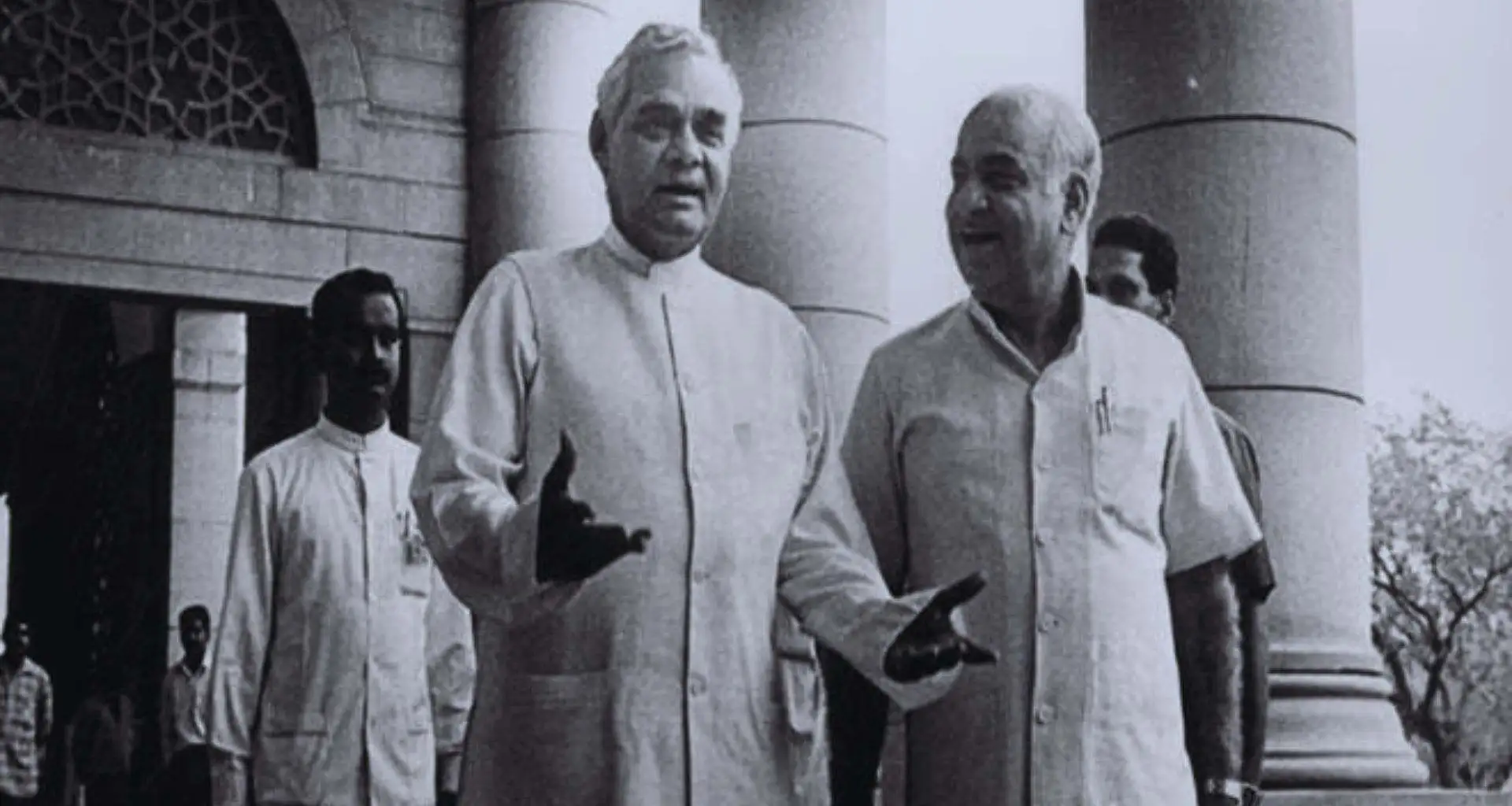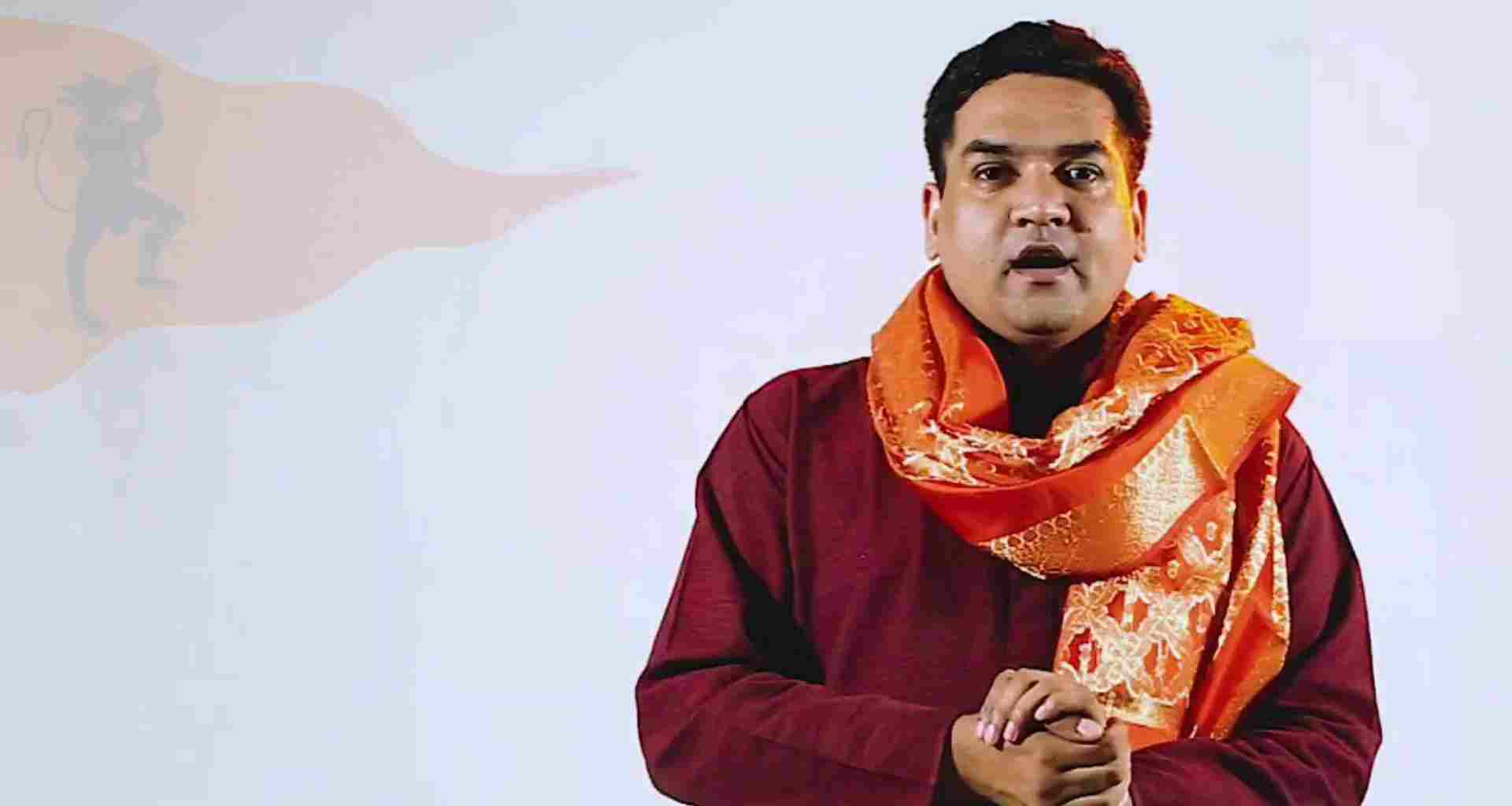Madan Lal Khurana (1936–2018) is one of the eminent personalities of Indian politics, especially in the BJP and the administration of Delhi. Referred to as Dilli ka Sher, Khurana was admired for his hard work, leadership qualities, and pragmatic spirit. His journey from modest beginnings in Lyallpur (presently Faisalabad in Pakistan) to Chief Minister of Delhi, Union Minister, and Governor of Rajasthan is a saga of endurance, vision, and service.
This article is an exhaustive study of Khurana’s formative years, political career, and the wide legacy he left behind-a portrait of the man who really drew Delhi’s political scenario.
Early Life and Education
A Refugee’s Story
Madan Lal Khurana was born on October 15, 1936, in Lyallpur, Punjab Province, in British India (present-day Faisalabad, Pakistan). The family encountered the tragedy of the Partition of India in 1947, which not only created havoc for them but forced them to leave their soil and migrate to Delhi. The Khurana family then re-settled at Kirti Nagar, a refugee settlement in Delhi, and started rebuilding their lives from the saut.
Displacement notwithstanding, Khurana’s family laid emphasis on education. He did his graduation in Kirori Mal College of Delhi University and went on to pursue a postgraduate degree in Economics from Allahabad University.
Madan Lal Khurana Early Political Involvement
Khurana’s entry into politics was formed by events in the student strata of Allahabad University. In 1959, he was elected General Secretary of the Allahabad Students’ Union and later, in 1960, he became the General Secretary of the Akhil Bharatiya Vidyarthi Parishad (ABVP). His early exposures to student politics would later stand him in good stead in his career as a political actor and an administrator.
Political Career: The Rise of a Leader
Jan Sangh Era
Khurana’s political career began with the Bharatiya Jan Sangh, the forerunner of the BJP. Prominent leaders like Vijay Kumar Malhotra, Kedar Nath Sahani, and Kanwar Lal Gupta also witnessed the formation of the Jan Sangh’s Delhi chapter with the active participation of Khurana.
Khurana served as the party general secretary from 1965-67, then played important roles with the Municipal Corporation of Delhi (MCD) and the Delhi Metropolitan Council. Khurana was also known for his organizational qualities, magnetic personality, and commitment toward the welfare of the people.

Madan Lal Khurana Reviving the BJP in Delhi
The Janata Party was converted into the Bharatiya Janata Party in 1980. The party sustained considerable losses after the 1984 general elections which followed the assassination of Indira Gandhi. Behind the scenes, Khurana was very active in revivifying the BJP in Delhi, which included a tremendous amount of work reconnecting the voters with the party and affecting the credibility of the party.
That perhaps is how he earned the epithet “Dilli ka Sher,” as an obvious tribute to his leadership and unswerving commitment to the city.
Madan Lal Khurana Chief Minister of Delhi (1993-1996)
In 1993, the BJP won the elections to the Delhi Legislative Assembly, and Madan Lal Khurana became the third Chief Minister of Delhi. His term became a watershed period in Delhi’s governance, with special emphasis on infrastructure development, social welfare, and law and order.
Key Achievements as Chief Minister
- Infrastructure Development
- Khurana made the first priority to modernise infrastructure arrangements in the areas of roads, public transport, and sanitation.
- He began the campaign for improving infrastructure for the increasing population and economic activities of the city.
- Public Welfare Programs
- His government enforced schemes specifically aimed at uplifting marginalised communities.
- He initiated the development of equal educational, health, and housing facilities for the citizens of Delhi.
- Law and Order
- Khurana adopted a no-compromise stance against corruption and lawlessness to keep Delhi a secure and vibrant place.
Challenges and Resignation
His brief tenure as Chief Minister saw an end in very sudden circumstances in 1996 following his resignation amid controversies and political pressure from within his party. The BJP decided against reinstating him and brought in Sahib Singh Verma to replace Khurana. In spite of this setback, Khurana undeniably contributed significantly to the development of Delhi.
Union Minister in Vajpayee Government
With the ascent of Khurana as a Union Minister, his political career attained new heights in the Atal Bihari Vajpayee Government. He served as Minister of Parliamentary Affairs and Tourism from 1998 to 1999; his high-profile assignments included strengthening parliamentary practices and the promotion of tourism in India.
He, however, resigned in January 1999 due to his differences with the senior leadership of the BJP, especially after the attacks against minority communities.
Governor of Rajasthan (2004)
In January 2004, Khurana was appointed Governor of Rajasthan. However, it was a short-lived period in office as he resigned in November 2004 to re-enter active politics in Delhi.
Madan Lal Khurana Controversies and Challenges
Hawala Scandal
In 1991, Khurana was named in the Hawala scandal involving financial irregularities in which several political leaders were alleged to have been paid by hawala operators. Although the case eventually fell apart for want of evidence, that single incident must have caused a blip on his reputation.
Expulsion from BJP
Khurana was expelled several times from the BJP for openly attacking the leadership. In 2005, he was expelled for slandering the BJP president Lal Krishna Advani. He was, however, reinstated after he apologised. In 2006, he was expelled again for supporting Uma Bharti, another BJP leader sharing the same sentiments regarding the party backbone.
Personal Life
Khurana was married to Raj Khurana, and the couple had four children. Tragically, one of his sons, Vimal Khurana, passed away in August 2018, barely 2 months prior to Khurana’s own passing.
With all his political activities, Khurana was a family man and perhaps lived for his family and the roots in Delhi.
Madan Lal Khurana Legacy and Passing
Khurana passed away on October 27, 2018, at his residence in Kirti Nagar, Delhi, at the age of 82. Due to some serious ailments-related suffering after a brain hemorrhage in the previous few years, basically, he was a man of selfless nature; his family fulfilled his wish of having his eyes donated after his departure.
His legacy shall live forever as “Dilli ka Sher”, invigorating the hearts of not only the leaders but also the citizens of Delhi till now. His deeds for the BJP, his work for the growth of Delhi, and Indian politics shall remain a few of the great milestones in the history of the country.
Main Takeaways from Madan Lal Khurana’s Life
- Resilience and Determination
- From a refugee in Kirti Nagar to Chief Minister of Delhi, Khurana’s journey exemplifies the power of perseverance.
- Leadership in Adversity
- His ability to revitalize the BJP in Delhi in trying times shows his leadership and vision.
- Commitment to Public Service
- Throughout his life, Khurana aspired to improve the lives of the people of Delhi.
- Legacy of Courage
- Khurana’s contributions of undeterred courage to politics and governance will be remembered despite controversies and setbacks.
Conclusion – Madan Lal Khurana
Madan Lal Khurana is the story of resilience, leadership, and service. From the struggles during the Partition up to his rise as Chief Minister of Delhi to Union Ministers, throughout his life, Khurana worked for the benefit of society.
Despite challenges and controversies, he could remain committed to his principles, winning the respect of innumerable people. Madan Lal Khurana’s legacy, as “Dilli ka Sher,” lives on in the hearts of those that continue to gain from his contributions to the growth and development of Delhi.


